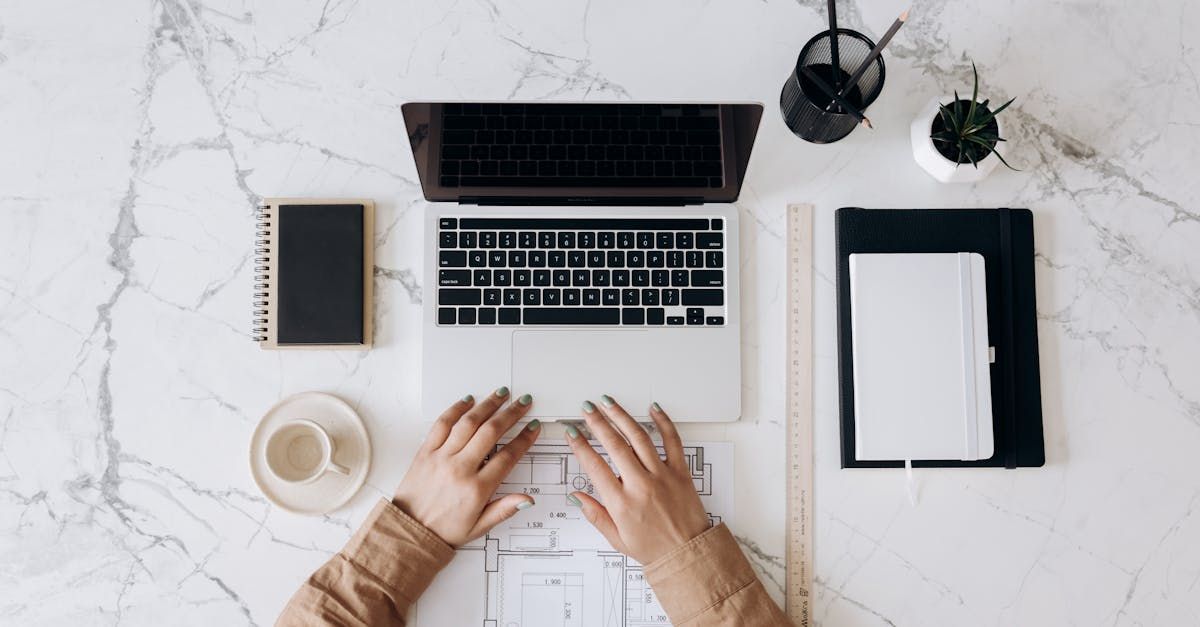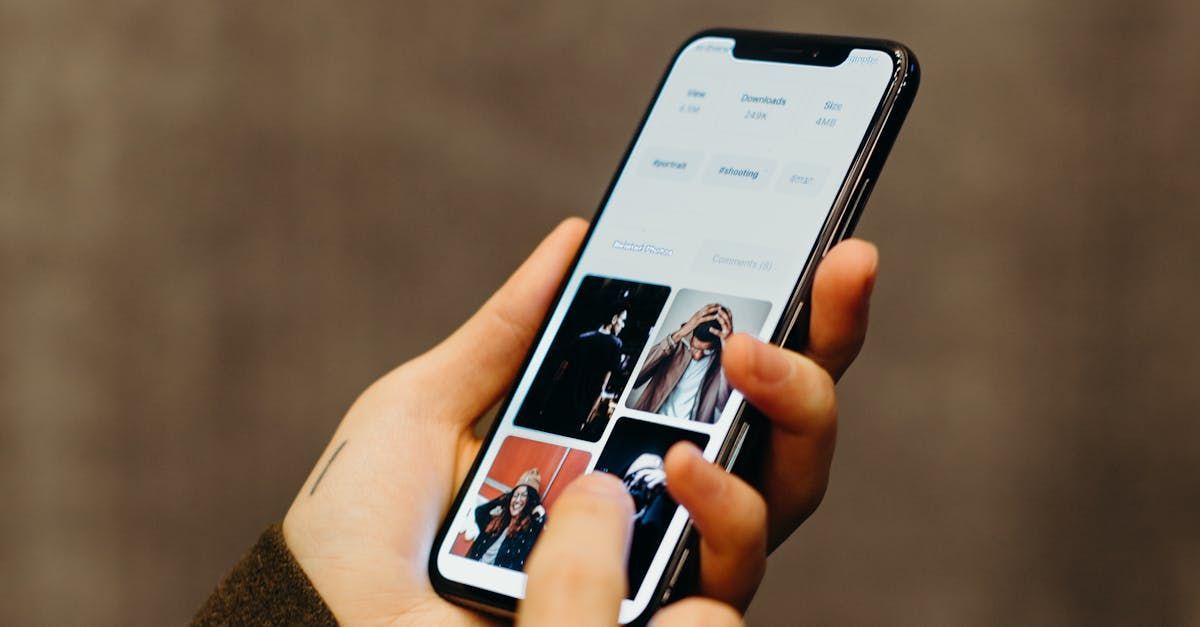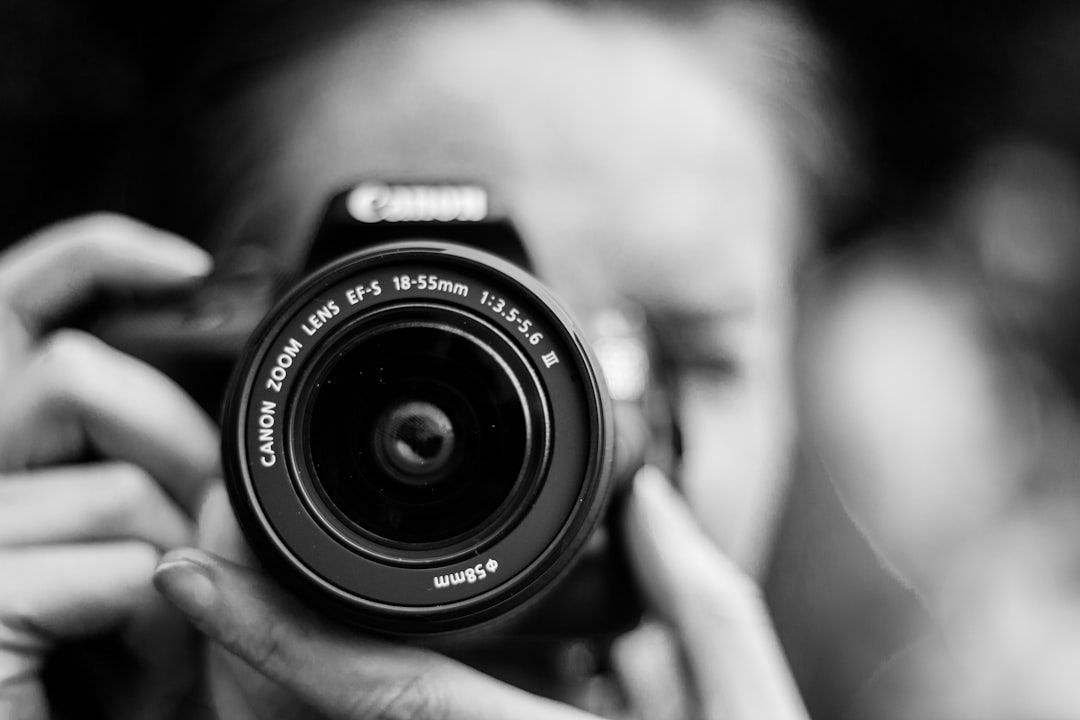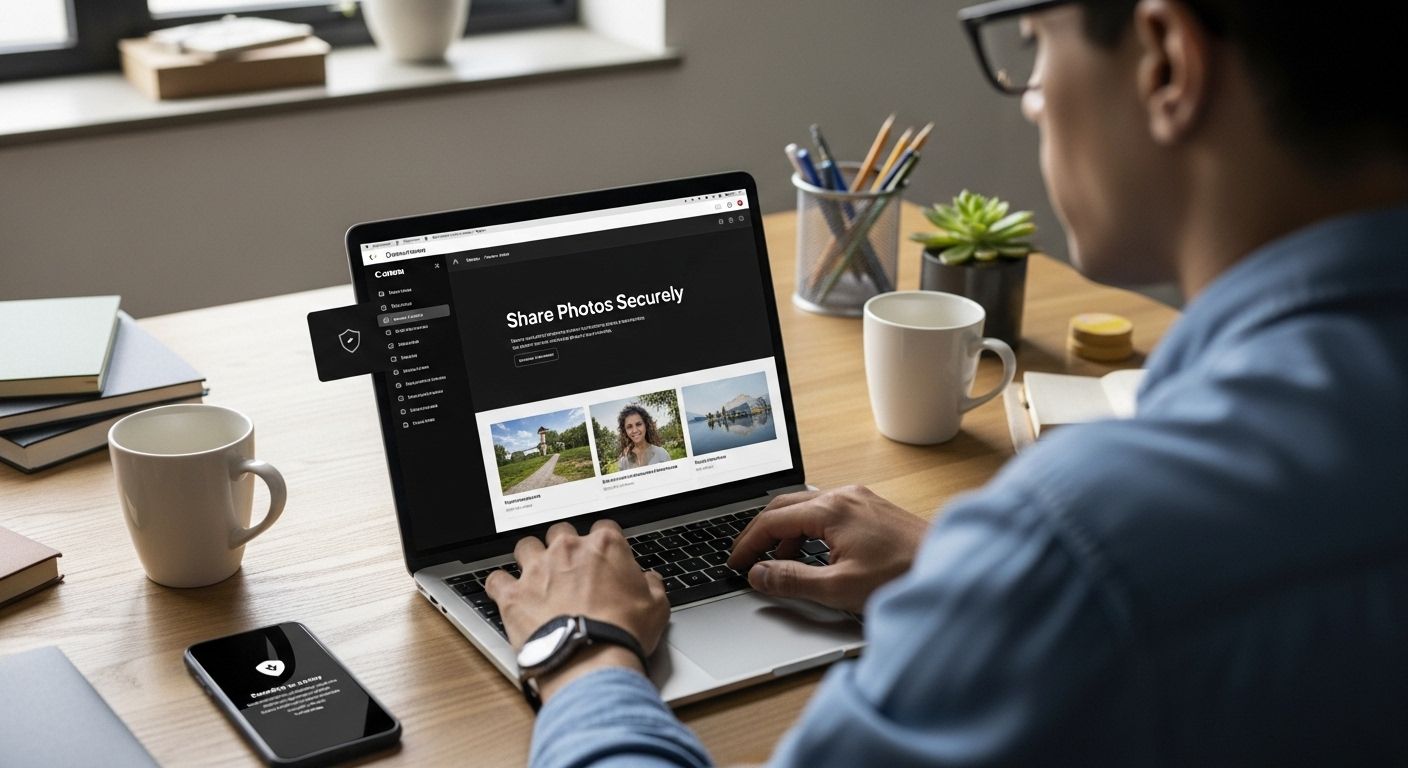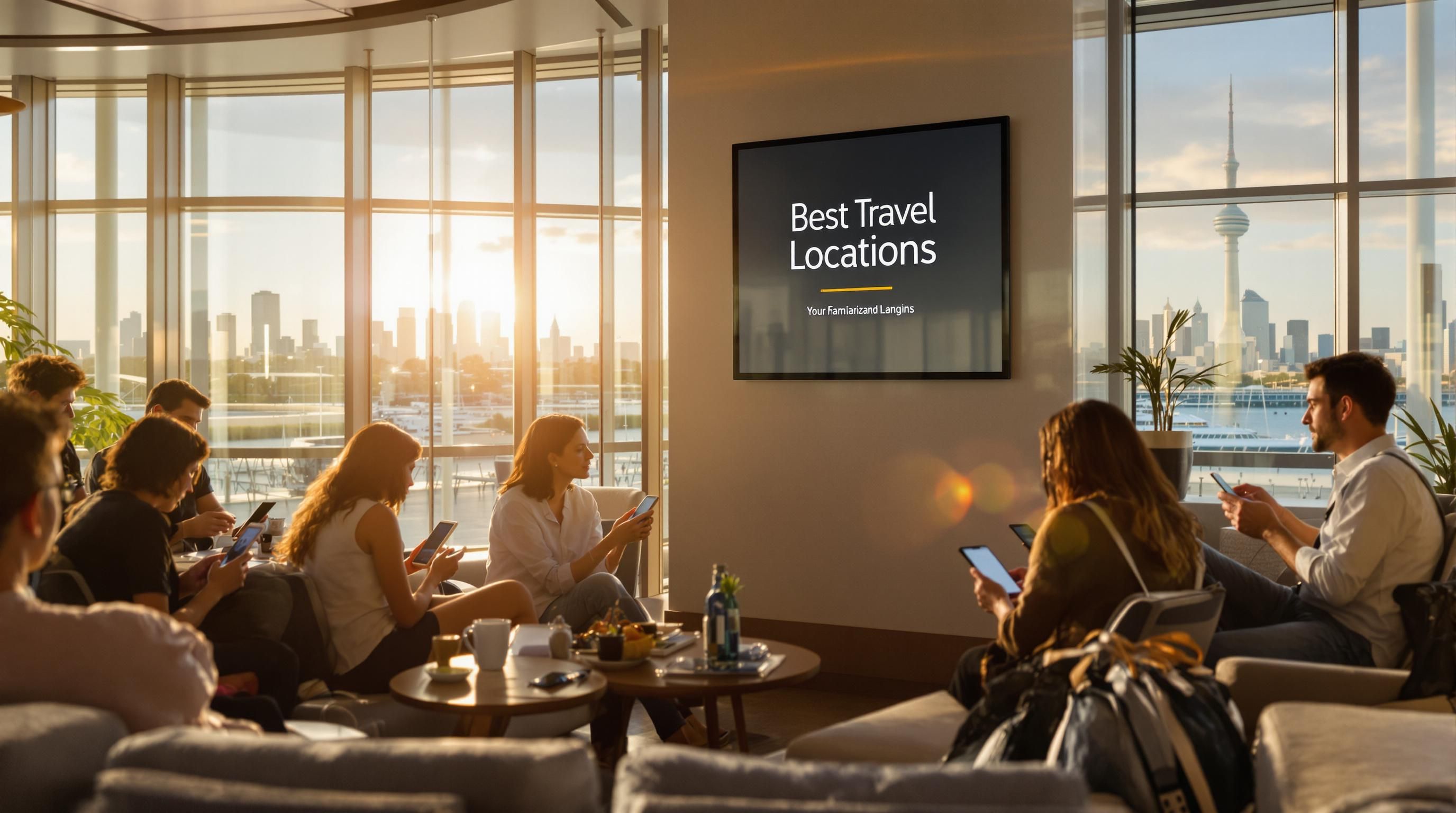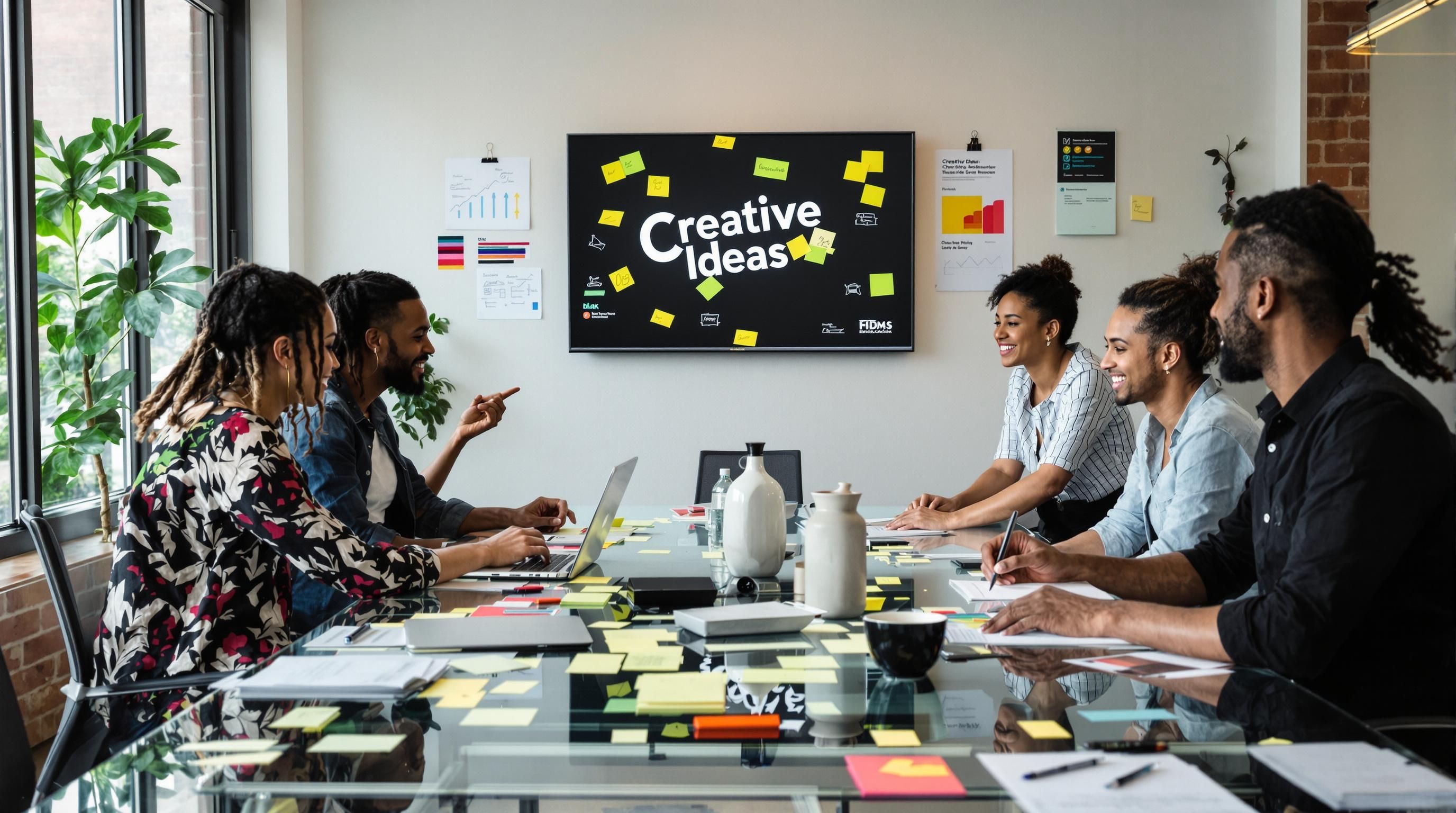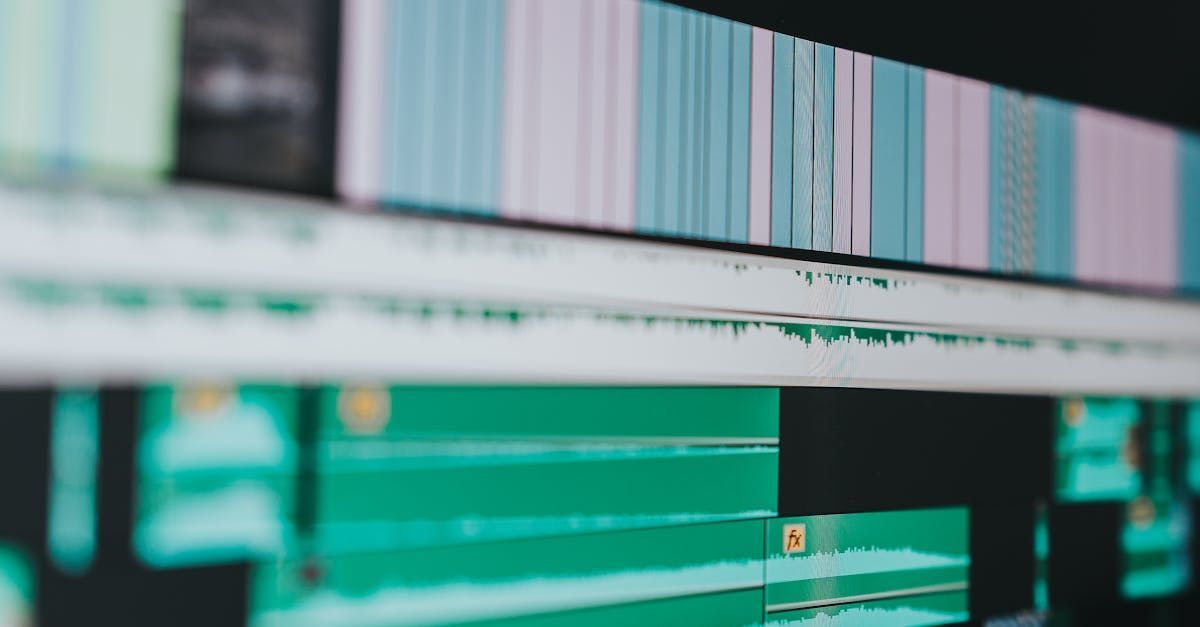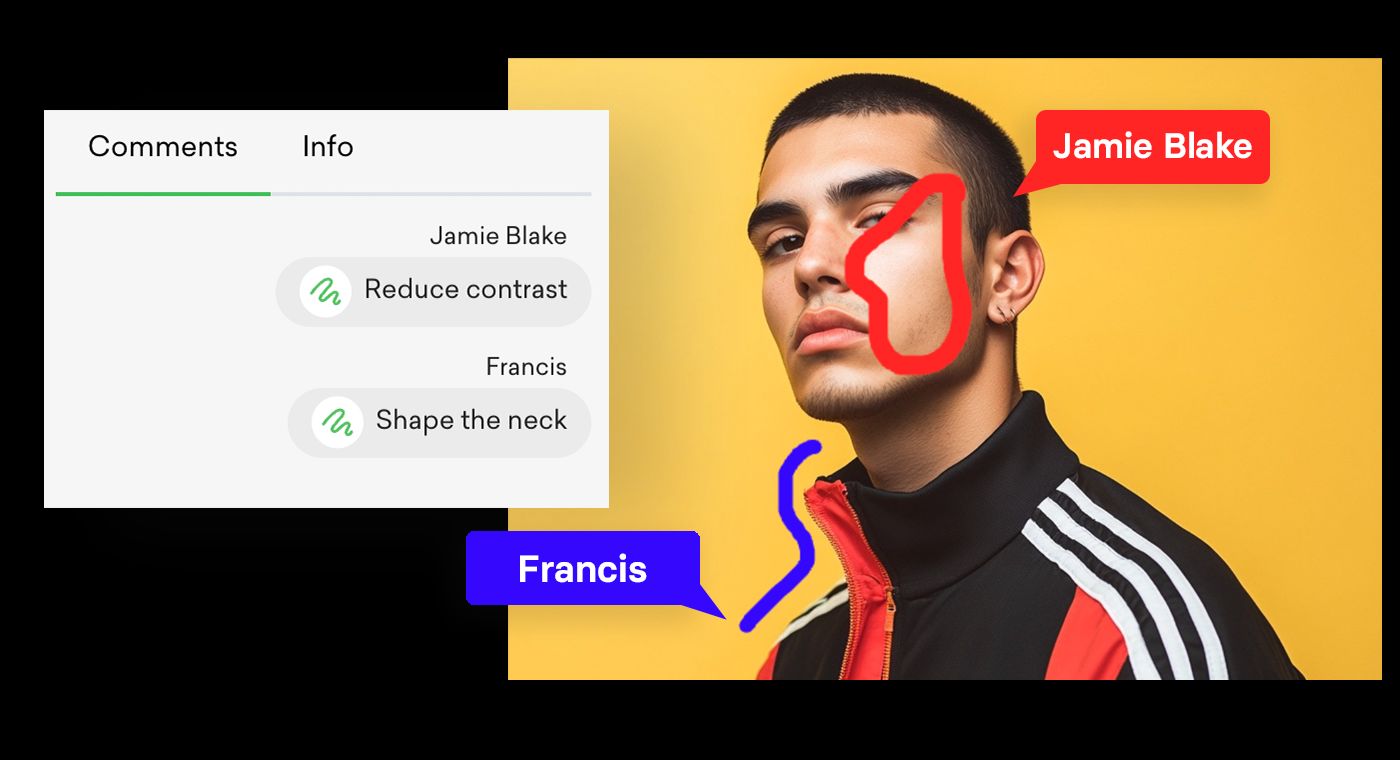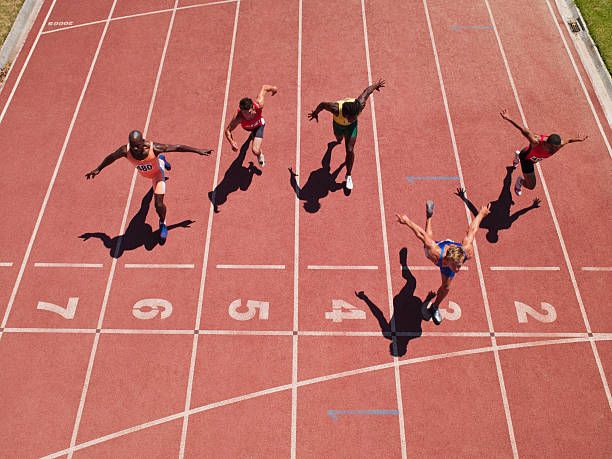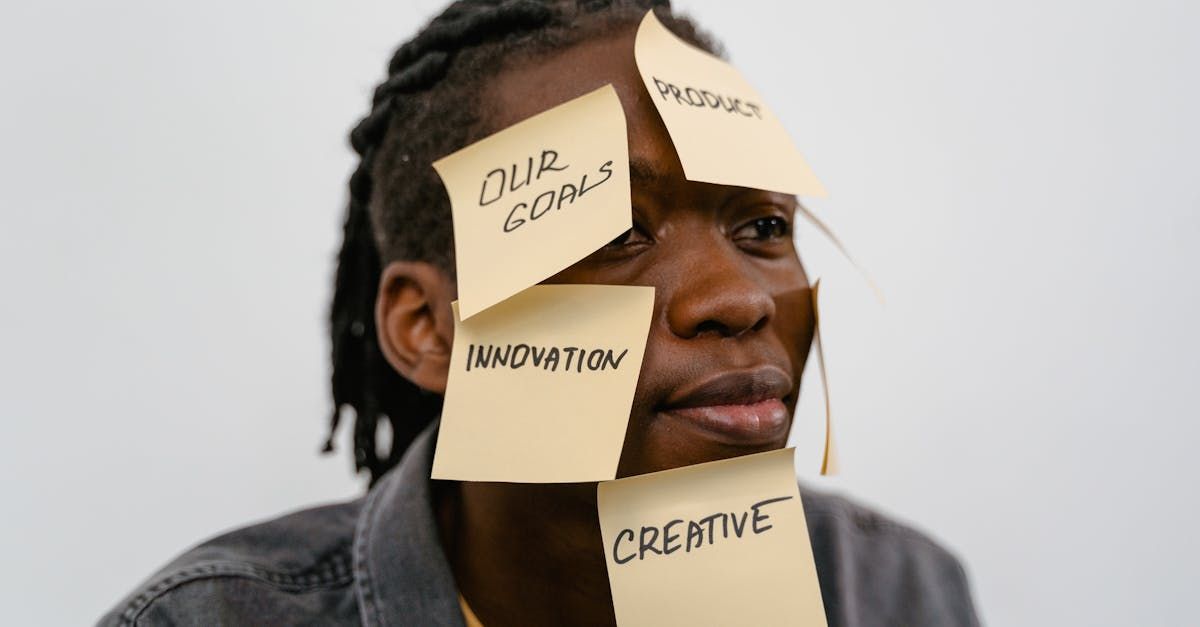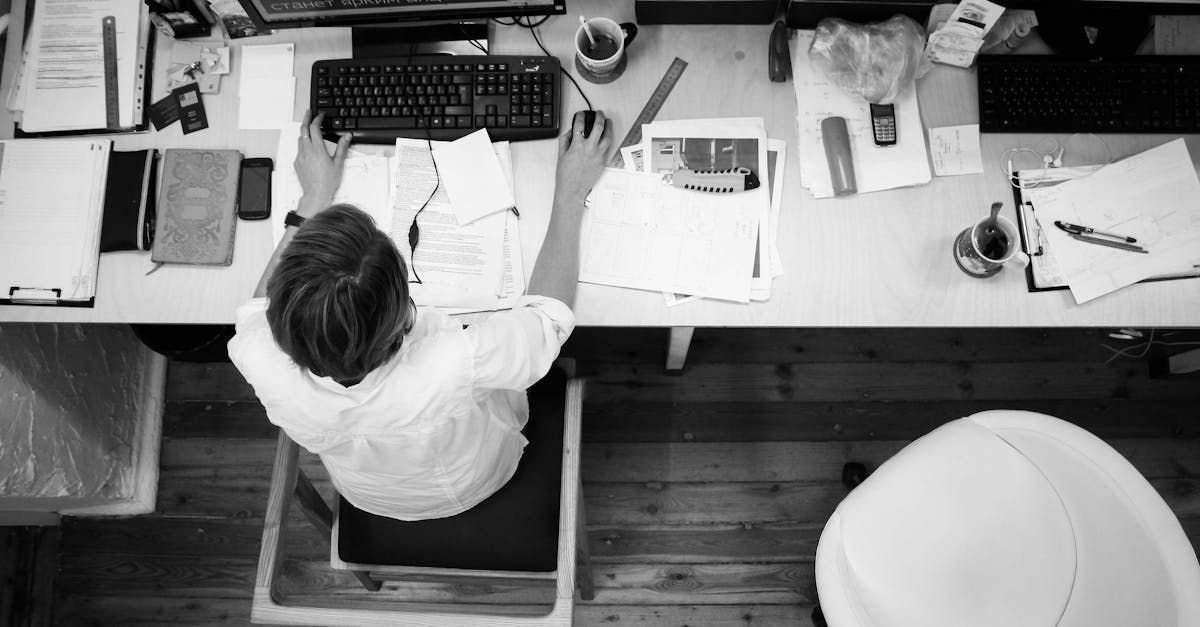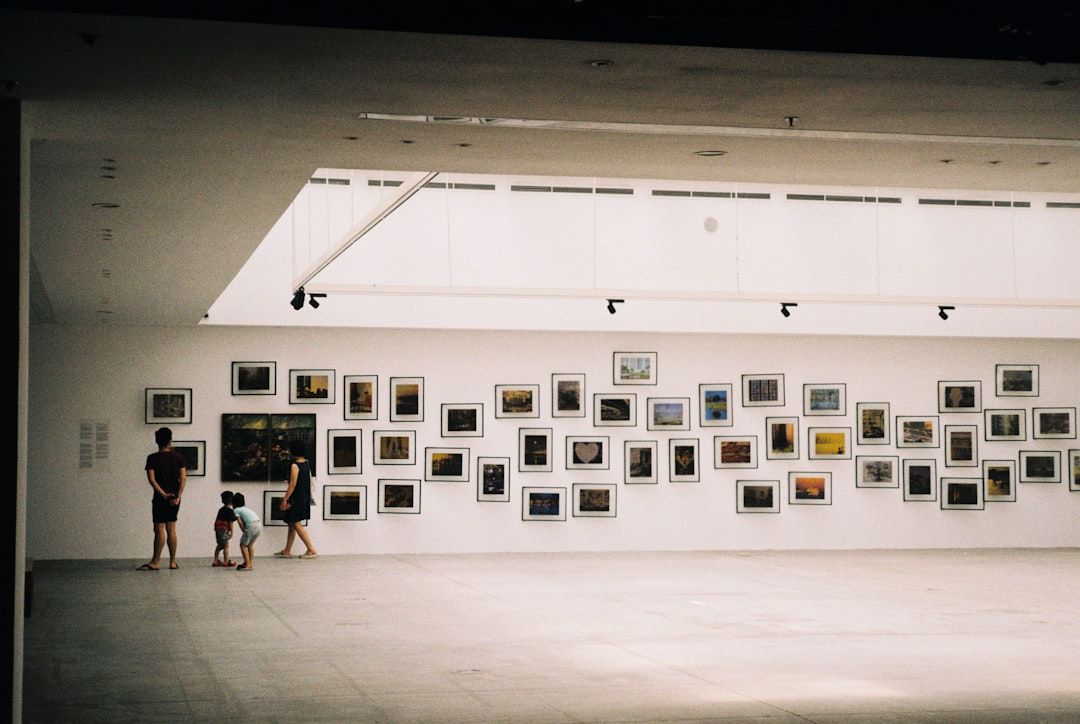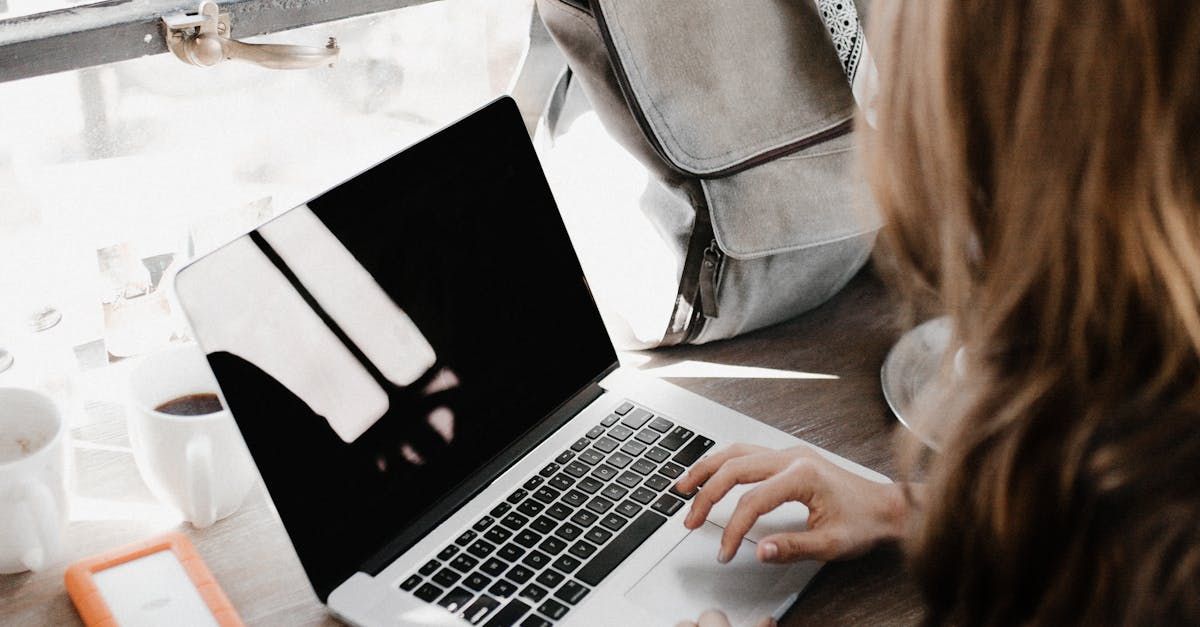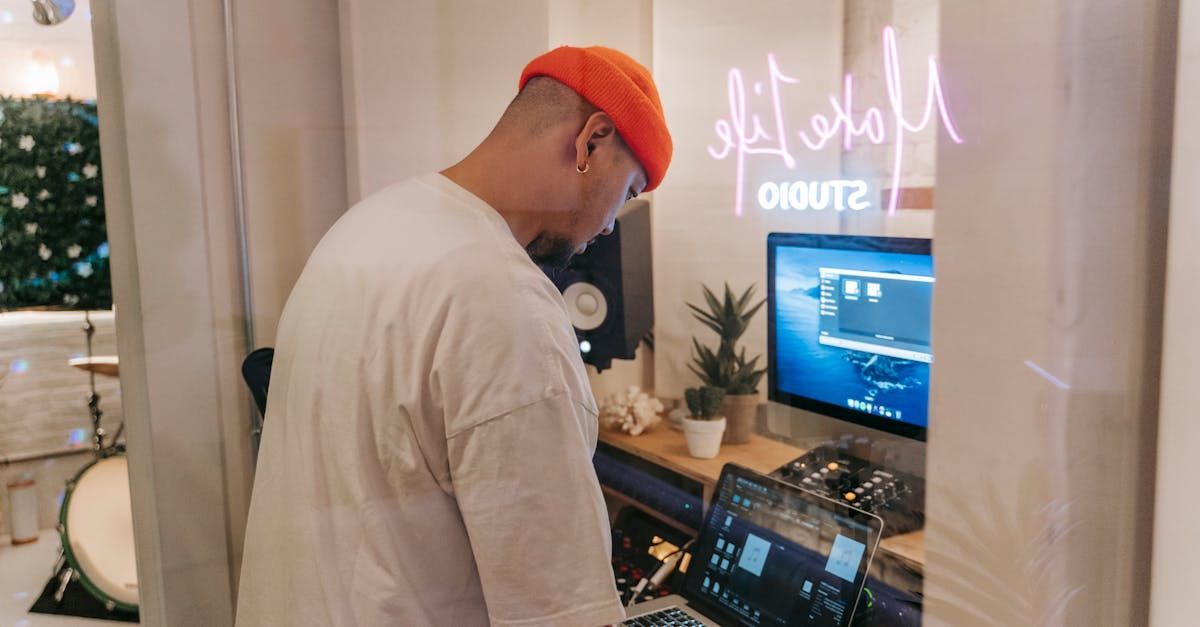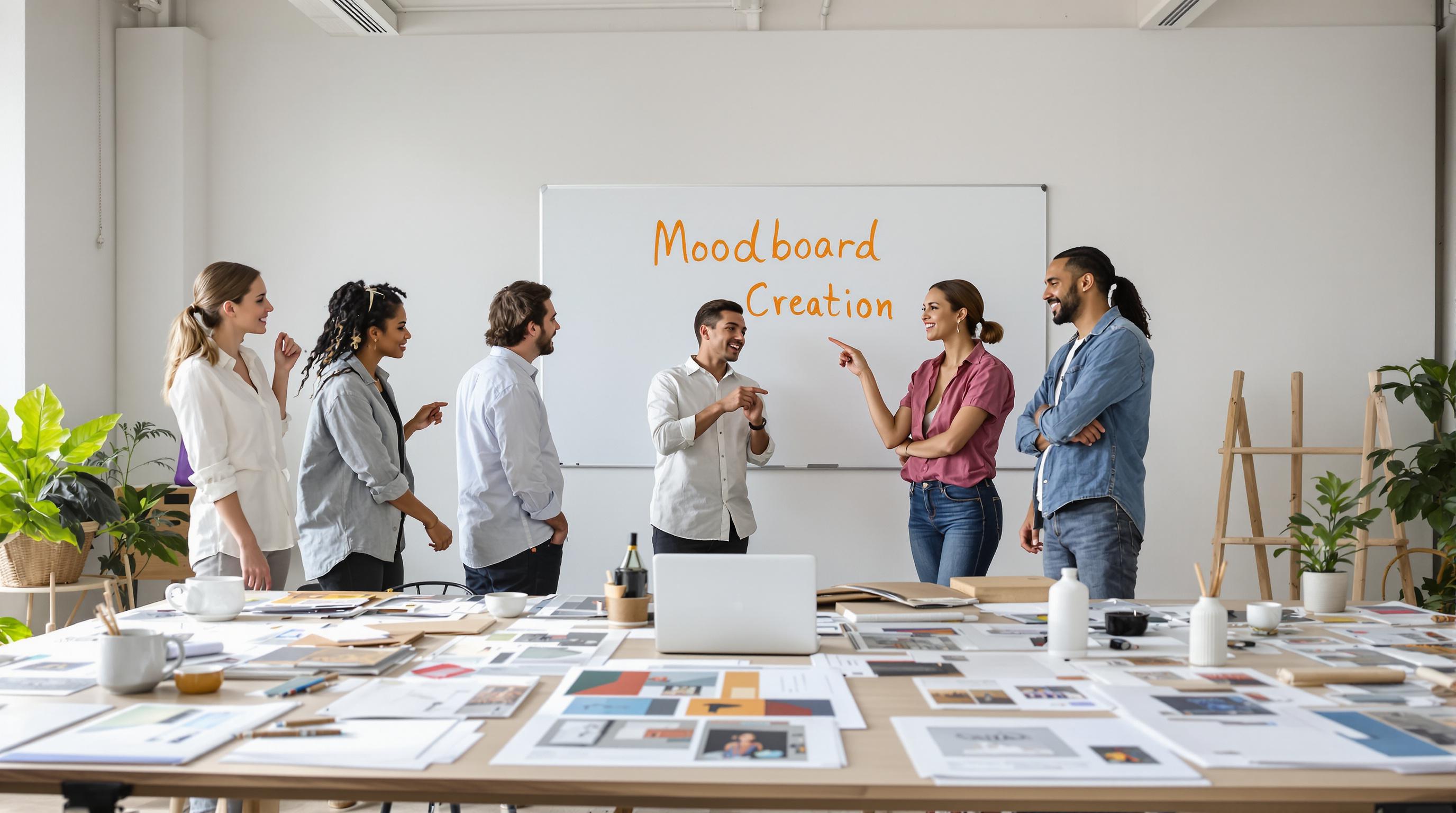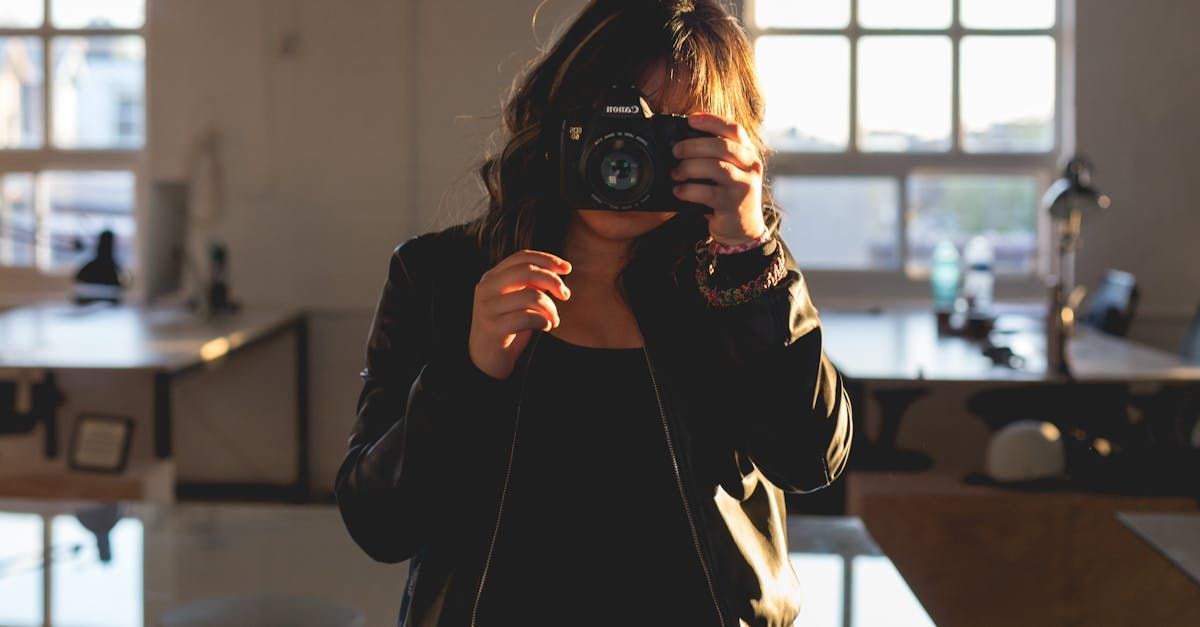Every creative project lives or dies by how it looks on screen, and aspect ratio decides that first impression. Most people just see numbers like 16:9 or 4:3 and move on. But those two numbers quietly control emotional impact, device compatibility, and even how professional your work appears. In fact, choosing the standard 16:9 ratio guarantees your visuals will display flawlessly on 98 percent of modern screens. The kicker? Sticking to the wrong ratio could actually limit who sees your work or even change how it makes people feel.
Table of Contents
- Understanding the Basics of Aspect Ratio
- Common Aspect Ratios in Photos and Videos
- How Aspect Ratios Impact Creative Projects
- Choosing the Right Aspect Ratio for Your Work
Quick Summary
| Takeaway | Explanation |
|---|---|
| Aspect ratio affects visual consistency. | Understanding the correct aspect ratio ensures visual integrity across various devices, maintaining a professional appearance. |
| Choose aspect ratios based on medium. | Different media require specific aspect ratios to enhance emotional expression and support visual narratives effectively. |
| Consider audience perception when selecting ratios. | The chosen ratio influences how viewers engage with the content, affecting emotional responses and overall impact. |
| Maintain compatibility for broader access. | Using standard aspect ratios, like 16:9, ensures work is accessible across modern devices and platforms. |
| Balance technical and artistic decisions. | Successful aspect ratio choices require knowledge of both technical specifications and creative intent in visual storytelling. |
Understanding the Basics of Aspect Ratio
Aspect ratio represents the proportional relationship between an image or screen’s width and height, serving as a fundamental concept in visual design and digital media. Mozilla Developer Network defines aspect ratio as the mathematical proportion that determines how visual elements are displayed across different platforms and devices.
What Exactly Is Aspect Ratio?
At its core, aspect ratio is a simple yet critical measurement expressed as two numbers separated by a colon. For instance, a 16:9 aspect ratio means for every 16 units of width, there are 9 units of height. This standardized approach ensures visual consistency across various display technologies.
According to Encyclopaedia Britannica, aspect ratios play a crucial role in visual media, influencing how images and videos are composed and viewed. Different aspect ratios serve specific purposes in photography, filmmaking, digital design, and screen technologies.
Common Aspect Ratio Configurations
Creative professionals encounter several standard aspect ratios in their work:
- 4:3: Traditional television and computer monitor format, providing a more square-like presentation
- 16:9: Widescreen format used in modern televisions, computer displays, and digital video
- 21:9: Ultrawide cinematic format offering expansive visual experiences
- 1:1: Perfect square format popular in social media profile pictures and grid layouts
Microsoft Design Learn emphasizes that understanding aspect ratios helps designers and content creators maintain visual integrity across different devices and screen sizes. The right aspect ratio ensures that visual content looks intentional and professional, whether viewed on a smartphone, tablet, or large display.
Understanding aspect ratio goes beyond mere technical specifications. It represents a critical tool for visual storytelling, allowing creators to guide viewer perception, create dramatic compositions, and communicate ideas effectively through proportional framing.
Photographers might choose a panoramic 16:9 ratio to capture sweeping landscapes, while portrait photographers often prefer 4:3 or even 3:2 ratios to highlight human subjects. Videographers selecting cinematic 21:9 ratios can create more immersive viewing experiences that mimic theatrical presentations.
Modern digital technologies have made aspect ratio manipulation more accessible than ever. Professionals can now easily crop, resize, and adjust visual content while maintaining intended proportions, ensuring high-quality output across multiple platforms and devices.
Mastering aspect ratio requires both technical understanding and creative intuition. It demands an awareness of how proportional relationships impact visual perception and storytelling, making it an essential skill for anyone working in visual media production.
Common Aspect Ratios in Photos and Videos
Aspect ratios are the unsung heroes of visual composition, determining how images and videos are perceived and experienced. According to Wikipedia, these proportional relationships define the visual language across different media platforms.
Photography Aspect Ratios
In photography, aspect ratios play a critical role in framing and storytelling. Adobe highlights several standard configurations that creative professionals frequently utilize:
- 3:2: The classic 35mm film format, still prevalent in many digital cameras
- 1:1: Perfect square format, popularized by social media platforms
- 4:3: Traditional digital camera and smartphone default setting
- 16:9: Widescreen format ideal for panoramic landscapes
Each aspect ratio offers unique compositional advantages. The 3:2 ratio provides a natural rectangular frame that closely mimics human visual perception, while the 1:1 square format creates striking symmetrical compositions that draw viewer attention.
Video and Cinematic Aspect Ratios
Microsoft Design explains that video aspect ratios have evolved significantly with technological advancements. Professional videographers and filmmakers work with multiple configurations:
- 16:9: Standard high-definition video format
- 21:9: Ultrawide cinematic format providing immersive experiences
- 4:3: Classic television format
- 2.35:1: Anamorphic widescreen used in professional cinema
These ratios dramatically impact storytelling. An ultrawide 21:9 ratio can create epic, sweeping visual narratives, while a more traditional 16:9 maintains broad compatibility across modern displays.
Creative professionals must understand how different aspect ratios influence viewer perception. A landscape photograph in 16:9 might feel expansive and dramatic, whereas the same scene in 1:1 could feel more intimate and focused.
Choosing the right aspect ratio is not just technical—it is a deliberate artistic decision. Photographers and videographers select ratios that complement their creative vision, transforming simple dimensional proportions into powerful visual communication tools.
As digital platforms continue evolving, learn more about image optimization techniques to ensure your visual content looks stunning across diverse display environments.
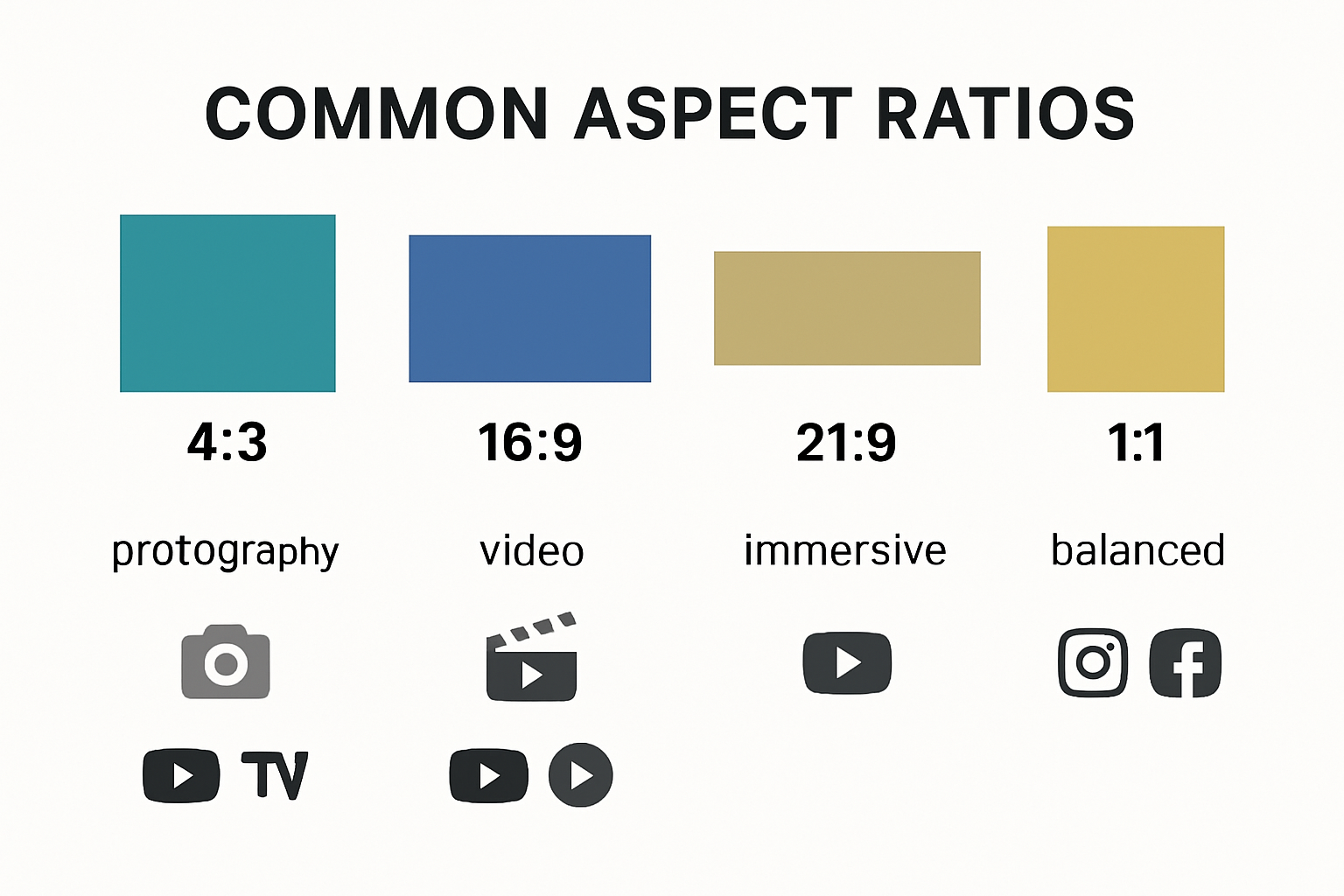
Below is a summary table comparing the most common aspect ratios found in photography and video to help clarify their use cases and key characteristics.
| Aspect Ratio | Typical Uses | Characteristics |
|---|---|---|
| 1:1 | Social media profiles, square images | Intimate, focused, symmetrical |
| 3:2 | 35mm photography, digital cameras | Natural rectangle, classic prints |
| 4:3 | Traditional TV, digital cameras | More square, versatile |
| 16:9 | Modern TV, HD video, panoramic photos | Widescreen, dramatic, compatible |
| 21:9 | Cinematic video, ultrawide monitors | Immersive, expansive, epic feel |
| 2.35:1 | Cinema, anamorphic film | Extra widescreen, theatrical |
How Aspect Ratios Impact Creative Projects
Aspect ratios are far more than technical specifications—they are powerful storytelling tools that profoundly shape creative expression across visual media. Smithsonian Magazine reveals how these proportional relationships have dramatically influenced artistic narratives and technological innovation throughout media history.
Emotional and Psychological Impact
Creative professionals understand that aspect ratios are not merely mathematical relationships but emotional conduits. A wide 21:9 format can create an immersive, expansive feeling that draws viewers into epic landscapes or dramatic scenes. Conversely, a square 1:1 format generates intimacy and focus, compelling viewers to examine details with concentrated attention.
In photography, the chosen aspect ratio becomes a deliberate artistic decision. A panoramic 16:9 ratio might communicate grandeur and openness, while a tighter 4:3 ratio can create a sense of constraint or psychological tension. These subtle visual language nuances enable creators to communicate complex emotional narratives without words.
Technical Preservation and Accessibility
Library of Congress digital preservation experts emphasize that aspect ratio choices have significant implications beyond immediate visual impact. Different ratios affect how creative works are archived, displayed, and experienced across evolving technological platforms.
For instance, choosing a standard 16:9 aspect ratio ensures broader compatibility across modern devices, from smartphones to large cinema screens. This technical consideration becomes crucial when creators aim to preserve their work’s integrity and accessibility for future audiences.
Photographers, videographers, and designers must consider multiple factors when selecting aspect ratios:
- Intended Display Platform: Social media, print media, digital galleries
- Artistic Vision: Emotional tone and compositional goals
- Technical Compatibility: Device and platform requirements
- Archival Preservation: Long-term accessibility and quality
Creative teams can streamline their project workflows by understanding how aspect ratios integrate with broader project management strategies. Consistent aspect ratio choices contribute to more efficient collaboration and more coherent visual storytelling.
The digital era has democratized visual creativity, but mastery requires understanding these nuanced technical and artistic considerations. Aspect ratios represent a critical intersection between technological constraints and artistic expression, enabling creators to transform mathematical proportions into compelling visual experiences.
Ultimately, aspect ratios are not just about dimensions—they are about perception, emotion, and the delicate art of guiding viewer engagement through strategic visual framing.
Here is a table outlining how different aspect ratios can affect emotional and psychological impact, as well as technical considerations for creators.
| Aspect Ratio | Emotional Impact | Technical/Practical Note |
|---|---|---|
| 1:1 | Intimate, focused | Ideal for social media, easy cropping |
| 4:3 | Constrained, classic | Good for print, standard digital cameras |
| 16:9 | Expansive, dramatic | Maximum display compatibility, HD video |
| 21:9 | Immersive, cinematic | Theatrical presentation, ultrawide monitors |
| 2.35:1 | Epic, storytelling | Professional cinema, requires letterboxing |
Choosing the Right Aspect Ratio for Your Work
Selecting the appropriate aspect ratio is a critical decision that can dramatically transform the visual impact and storytelling potential of creative projects. Adobe emphasizes that aspect ratio is not just a technical parameter but a powerful artistic choice that influences audience perception and emotional engagement.
Evaluating Project Requirements
Design Shack recommends a systematic approach to aspect ratio selection. Creative professionals must consider multiple factors when making this crucial decision:
- Platform Compatibility: Where will the content be displayed?
- Intended Emotional Response: What feeling do you want to evoke?
- Composition Goals: How will the ratio support your visual narrative?
- Technical Constraints: What are the specific platform requirements?
For instance, a documentary filmmaker might choose a 16:9 ratio for broad documentary work, while a fine art photographer might prefer a square 1:1 format to create more intimate, focused compositions.
Practical Considerations for Different Media
University of Maryland Extension highlights the importance of understanding how aspect ratios interact with different content types. Professional creators must navigate various technical and artistic considerations:
- Photography: 3:2 for traditional prints, 1:1 for social media, 4:3 for classic digital formats
- Video Production: 16:9 for standard HD, 21:9 for cinematic experiences
- Web Design: Responsive designs that adapt to multiple aspect ratios
- Social Media: Platform-specific requirements (Instagram square, YouTube widescreen)
The key is flexibility. Modern creative workflows demand adaptability. Photographers and videographers increasingly need to produce content that can be easily reformatted for different platforms without losing visual impact.
Creative teams should develop a strategic approach to aspect ratio selection. This might involve creating multiple versions of a project or using sophisticated editing techniques that preserve the essential visual narrative across different formats.
Consider your audience’s viewing experience. A landscape photograph might lose its dramatic impact if compressed into an inappropriate aspect ratio. Similarly, a product video might fail to engage viewers if its framing feels cramped or overly expansive.
Technology continues to evolve, and with it, the possibilities for creative expression through aspect ratios. learn more about optimizing your visual workflow, ensuring your creative vision remains uncompromised across different platforms and devices.
Ultimately, choosing the right aspect ratio is an art form in itself. It requires a delicate balance between technical understanding, artistic intuition, and a deep appreciation for how visual proportions shape human perception and emotional response.
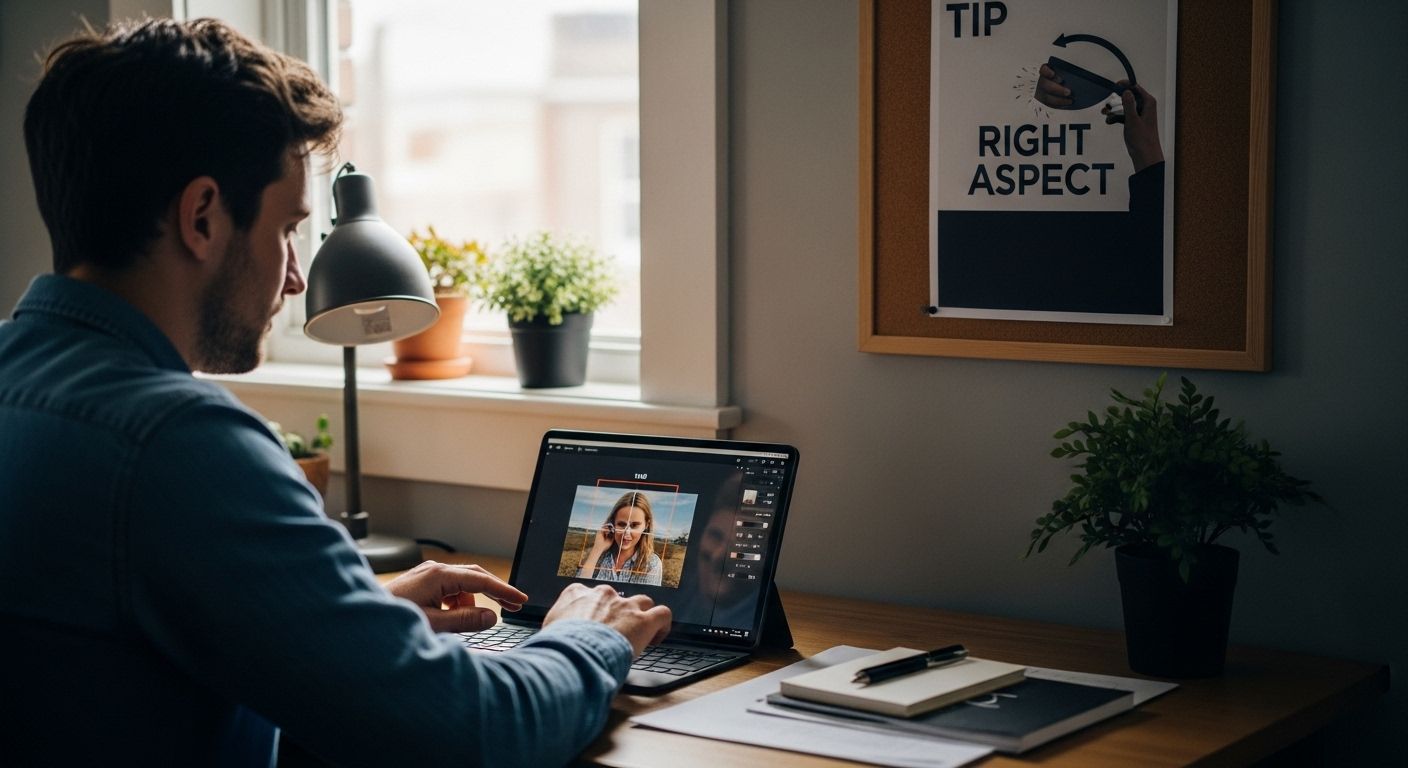
Frequently Asked Questions
What is aspect ratio?
Aspect ratio refers to the proportional relationship between an image or screen’s width and height, expressed as two numbers separated by a colon (e.g., 16:9). It plays a crucial role in how images and videos are composed and viewed across different devices.
Why is aspect ratio important for creatives?
Aspect ratio is essential for creatives because it affects visual consistency, emotional impact, and compatibility across various devices. Choosing the right aspect ratio can enhance the storytelling and presentation of visual content.
What are the common aspect ratios used in photography and video?
Common aspect ratios include 1:1 for social media, 3:2 for traditional photography, 4:3 for classic digital formats, 16:9 for modern HD video, and 21:9 for cinematic experiences. Each ratio serves specific purposes and affects the viewer’s emotional response.
How do I choose the right aspect ratio for my project?
To select the right aspect ratio, consider factors like the intended display platform, the emotional response you wish to evoke, and the technical requirements of the media type. Adapting to various formats might also involve creating multiple versions of your project.
Transform Your Aspect Ratio Knowledge Into Flawless Client Presentations
Mastering aspect ratios is only half the challenge. Creatives know the frustration that comes when their carefully composed visuals lose impact due to poor presentation, device incompatibility, or clunky file sharing. The article highlighted why the right aspect ratio matters for emotional storytelling and professional consistency. But what if you could guarantee that every image and video is always presented in its best light, with perfect proportions and a stunning interface?

Elevate your visual workflow now. With Pikd, photographers and creative teams can upload high-resolution files, create beautifully branded galleries, and receive feedback—all while preserving precise aspect ratios and visual quality. Say goodbye to generic cloud folders. Start delivering polished, immersive galleries to your clients today. Experience how Pikd keeps your creative vision intact from shoot to delivery by visiting our platform and unlocking a new standard of professional presentation.
Recommended
- Understanding Image Resolution: A 2025 Guide for Creatives - Webflow HTML website template
- How to Create Moodboards: Step-By-Step Guide for Creatives 2025 - Webflow HTML website template
- Best Creative Portfolio Inspiration Ideas for 2025 - Webflow HTML website template
- Top Visual Storytelling Techniques for Creative Teams 2025 - Webflow HTML website template
